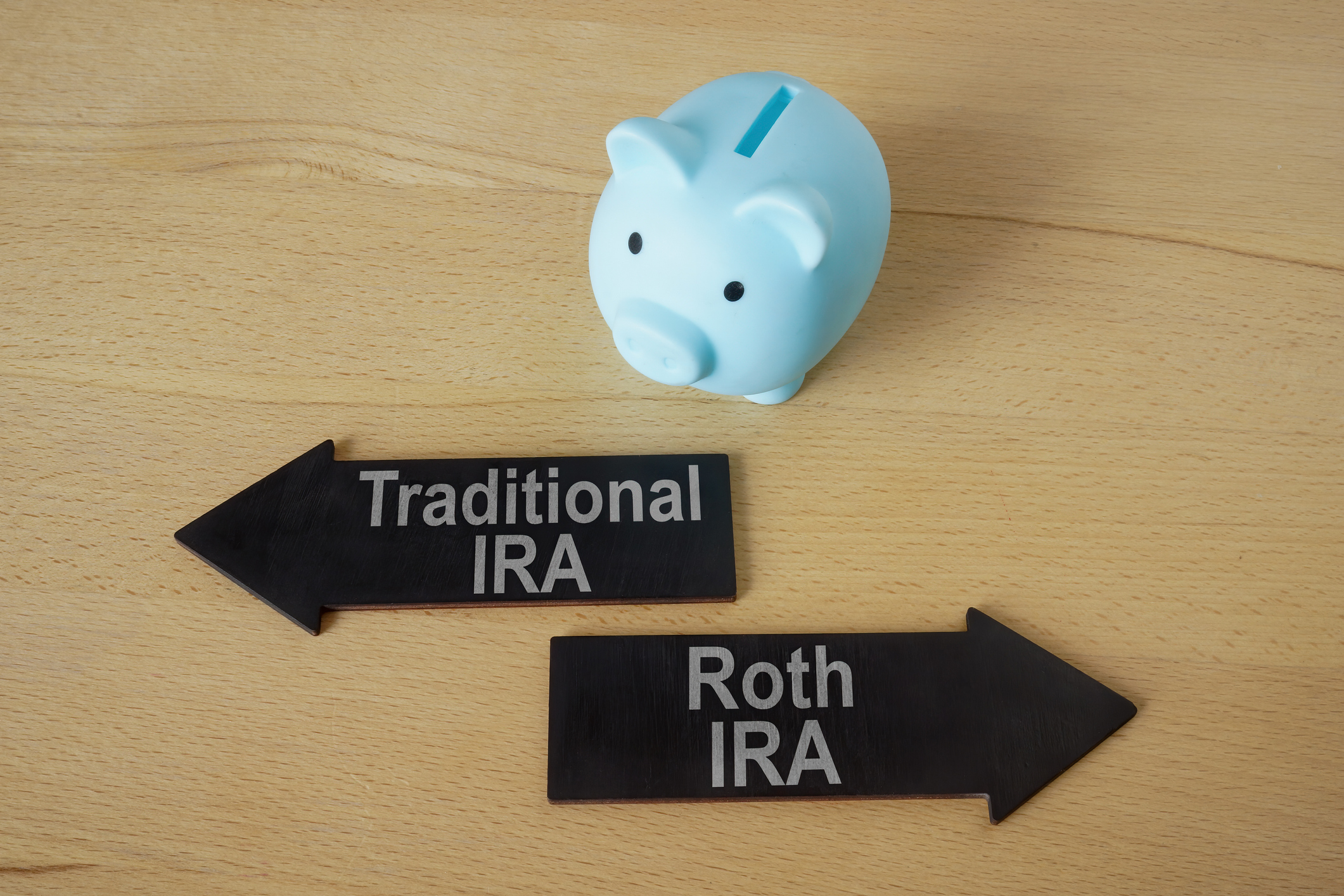
Millions of spouses leave the workforce every year to care for children or aging parents, a move that can jeopardize retirement security. But if one partner is working, a spousal IRA can help close the gap.
As long as one spouse has earned income and the couple files a joint tax return, the working spouse can contribute to an IRA in the nonworking spouse’s name. That makes a spousal IRA an ideal retirement-savings tool for spouses who plan to pause their careers, says Madison Sharick, a certified financial planner in Pittsburgh.
In instances in which one spouse has no taxable income, the working spouse can contribute up to the annual contribution limit to a spousal IRA; in 2025, it’s $7,000, or $8,000 for those who are 50 or older. The total contribution to a spousal IRA can’t exceed the taxable income reported on the couple’s joint federal tax return. The account is owned by the nonworking spouse, regardless of who contributes to the account, and is his or hers to keep, even if the marriage ends in divorce.
Depending on how long you have to save, contributing to a spousal IRA could make a big difference in the owner’s retirement security. An analysis by T. Rowe Price found that an annual contribution of $7,000 a year would be worth more than $307,056 in 20 years, assuming an average annual return of 7%. The IRS adjusts IRA contribution limits every year to account for inflation, so your total could be larger if you contribute the maximum to the IRA.
Tax effects and income limits

In addition to boosting the nonworking spouse’s savings, contributions to a spousal IRA can reduce the couple’s tax bill by allowing them to save more for retirement on a tax-advantaged basis, says Jeff McDermott, a CFP in Saint Johns, Fla. Like regular IRAs, spousal IRAs come in two flavors: traditional and Roth. Contributions to a traditional spousal IRA are pretax; withdrawals are taxed as ordinary income, and they’re subject to a 10% penalty if the owner withdraws funds before age 59½. Traditional IRAs are also subject to required minimum distributions (RMDs), which currently kick in at age 73.
Contributions to a spousal Roth IRA are made with after-tax dollars, but withdrawals of earnings and contributions are tax-free as long as the IRA owner is 59-½ or older and has owned the Roth for at least five years. And you don’t have to take RMDs from a Roth. However, as is the case with regular Roth IRAs, spousal Roth IRAs are subject to income limits on contributions. For 2025, married couples with modified adjusted gross income (MAGI) of less than $236,000 can make the full contribution to a spousal Roth IRA. Couples with MAGI of at least $236,000 and less than $246,000 can make a reduced contribution, while couples with MAGI of $246,000 or more are ineligible to contribute to a Roth.
You can open a spousal IRA with a brokerage firm, just as you would with a regular IRA, and allocate the funds to a variety of investments, depending on your age and tolerance for risk. Ideally, though, you should coordinate investments in a spousal IRA with other retirement plans, such as the working spouse’s 401(k) and traditional or Roth IRA.
Note: This item first appeared in Kiplinger Personal Finance Magazine, a monthly, trustworthy source of advice and guidance. Subscribe to help you make more money and keep more of the money you make here.







